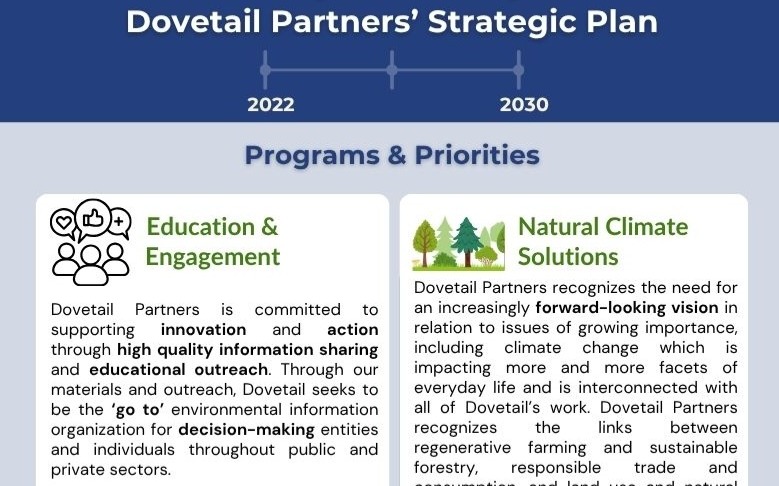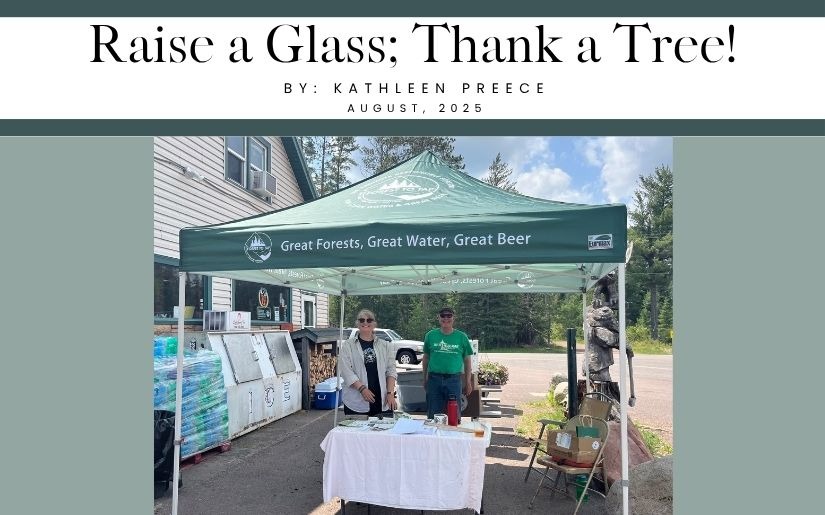In 2006, a Dovetail report, Nanotechnology and the Forest Products Industry: Exciting New Possibilities, explored the potential for development of new and improved wood products through nanotechnology. Nanotechnology is the manipulation of molecular building blocks to create or modify materials. Involving a scale of 1 to 100 nanometers (one inch is equivalent to over 25 million nanometers), nanotechnology offers exciting opportunities in a wide range of fields, including materials science and engineering.
Ten years ago, applications in nanotechnology with wood were focused on nano-manipulation of wood fibers to improve coating durability, moisture control, and extractive settling. Self-assembly was a major focus as well, which applies the natural growing patterns of cellulose to the development of products which self-assemble using little or no energy. In recent years, interests and opportunities for nanotechnology in the forest products industry have expanded to include diverse commercial applications in paper and packaging, food, health, the automotive sector, construction, sensors, and electronics. Expanded research investment can support the further commercialization of nanotechnologies. There are also some considerations of potential health and safety concerns that need to be better understood.
With roots in the 1950s, the technology of nanotech is not new, but current breakthroughs show incredible promise. Scientists and inventors are predicting that nanotechnology will be the next big thing, even defining our futures. One of these scientists is Dr. Ray Kurzweil, who is highly regarded for accurate predictions about future technologies. Dr. Kurzweil predicts that nanotechnology will be one of the three technologies to change our lives because it allows manipulation of matter at the molecular and atomic scale. He notes that mankind will be able to create just about any physical object with very inexpensive input materials. Kurzweil also suggests that nanotechnology will be a billion times more powerful in just 25 years, creating almost unimaginable opportunities. This report picks up where our last report left off and explores the newest commercial opportunities for nanotechnology and the forest products industry.
- Lead AuthorBowyer
- DateOctober 2016
- CategoryEnvironmental, Forest products, Forestry, Wood
- Project FileDownload

.png)

.png)
.png)

